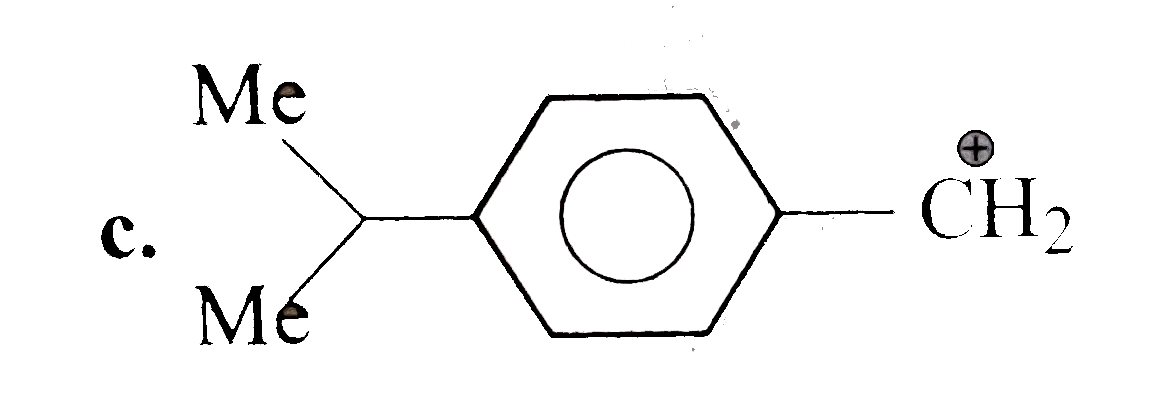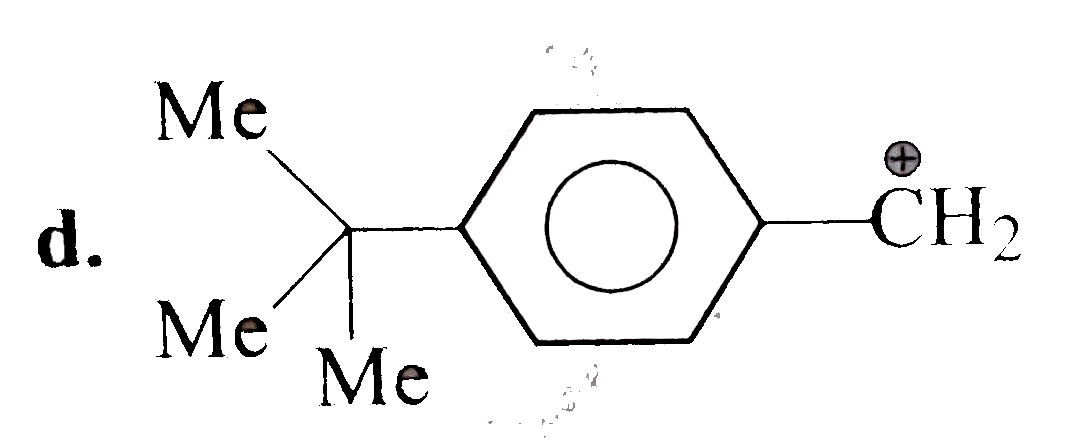One of the reactive intermediates of organic reactions contains a divalent carbon surrounded by six electrons but bearing no electrical charge. The species is called
Carbene
Carbenium ion
Carbocation
Methylene group
The correct Answer is:A
The description refers to carbene.
Topper's Solved these Questions
- ORGANIC COMPOUNDS WITH FUNCTIONAL GROUP CONTAINING HALOGENS BOOK - DINESH PUBLICATIONCHAPTER - ORGANIC COMPOUNDS WITH FUNCTIONAL GROUP CONTAINING HALOGENS EXERCISE - UNIT TEST - 5
37 Videos
- ORGANIC COMPOUNDS WITH FUNCTIONAL GROUP CONTAINING HALOGENS BOOK - DINESH PUBLICATIONCHAPTER - ORGANIC COMPOUNDS WITH FUNCTIONAL GROUP CONTAINING HALOGENS EXERCISE - BRAIN TEASERS - 9
40 Videos
- NO IDEABOOK - DINESH PUBLICATIONCHAPTER - NO IDEAEXERCISE - Unit Test -
1 Videos
- POLYMERSBOOK - DINESH PUBLICATIONCHAPTER - POLYMERSEXERCISE - Matrix
5 Videos
Similar Questions
Knowledge Check
The species containing carbon with three bonds and an electron are called
AcarbeneBcarbanionCcarbonium ionDfree radicalCarbocation is group of atoms that contains a carbon atom bearing only-electrons
AsixBfourCtwoDfiveAn organic reaction occurs by using reagents called electrophiles and nucleophiles via the formation of some reactive intermediates called carbocations, carbanions, free radicals, carbenes, nitrenes, radical cations, and radical anions.
The most stable carbocation is :APh⊕CH2B C
C D
D
An organic reaction occurs by using reagents called electrophiles and nucleophiles via the formation of some reactive intermediates called carbocations, carbanions, free radicals, carbenes, nitrenes, radical cations, and radical anions.
The most stable carbocation is :
View SolutionAn organic reaction occurs by using reagents called electrophiles and nucleophiles via the formation of some reactive intermediates called carbocations, carbanions, free radicals, carbenes, nitrenes, radical cations, and radical anions.
The most stable carbanion is :
View SolutionAn organic reaction occurs by using reagents called electrophiles and nucleophiles via the formation of some reactive intermediates called carbocations, carbanions, free radicals, carbenes, nitrenes, radical cations, and radical anions.
The least stable carbocation is :
View SolutionAn organic reaction occurs by using reagents called electrophiles and nucleophiles via the formation of some reactive intermediates called carbocations, carbanions, free radicals, carbenes, nitrenes, radical cations, and radical anions.
The most stable carbanion is :
View SolutionAn organic reaction occurs by using reagents called electrophiles and nucleophiles via the formation of some reactive intermediates called carbocations, carbanions, free radicals, carbenes, nitrenes, radical cations, and radical anions.
The least stable carbocation is :
View Solution
